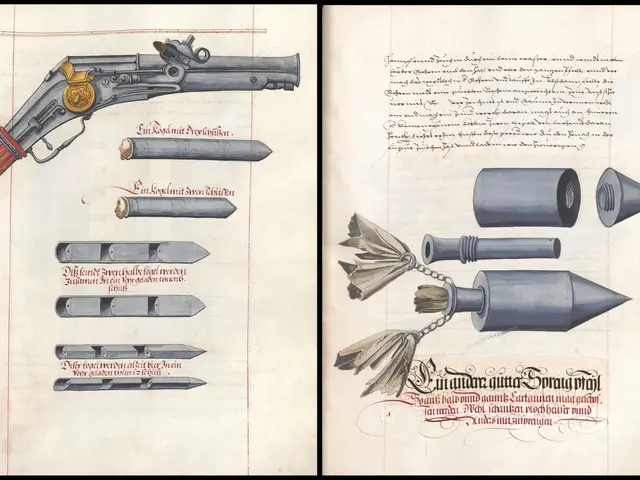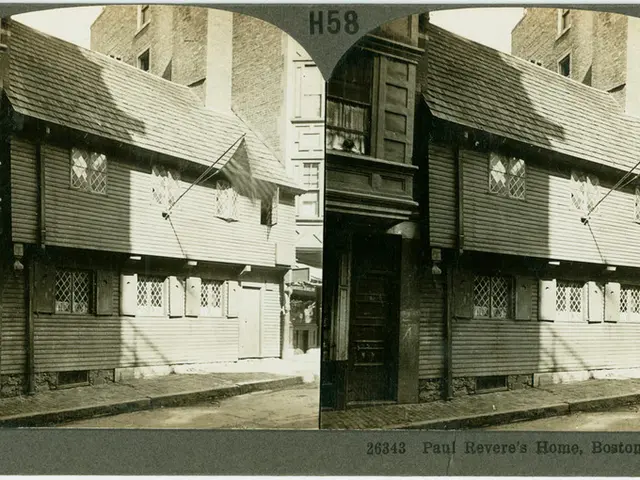Wind Components Exploration
In the first section of this article, we delve into the wind's direction and its components, which play a crucial role in aviation.
The wind's speed and direction are the primary factors used in calculations to determine the wind's components. These components, known as the headwind (or tailwind) component and the crosswind component, can be calculated using basic trigonometry.
The headwind (or tailwind) component is the part of the wind blowing along the reference direction, such as a runway or plane's heading. It is positive if it acts as a headwind (against the direction of motion) and negative if it acts as a tailwind (in the same direction as motion).
On the other hand, the crosswind component is the part of the wind blowing perpendicular to the reference direction.
To calculate these components, we use the wind speed (V) and the angle between the wind direction and the reference direction (θ). The headwind component is calculated by multiplying the wind speed (V) with the cosine of the angle (θ), while the crosswind component is calculated by multiplying the wind speed (V) with the sine of the angle (θ).
For example, if wind speed is 20 knots and the wind is coming at an angle of 30° relative to the runway heading, the crosswind component is 10 knots, and the headwind component is 17.32 knots.
This trigonometric decomposition is essential in aviation to assess aircraft performance during takeoff and landing and in ensuring safety. The same principle applies relative to any reference direction like a plane's heading.
In subsequent sections, we will discuss the wind's components in more detail, providing examples for various wind directions. Figure 1 provides details on the components for different wind directions.
It is important to note that the wind blowing from the back or in the same direction as the plane is called a Tail Wind, while the wind blowing exactly opposite to the plane's direction is called a Head Wind. The wind making 90 degrees with the plane's direction is called a Cross wind.
Understanding the components of the wind is essential to further discussions in aviation, and trigonometric ratios can be found in a trigonometric ratio table. If the wind is blowing from 360 degrees, it means the wind is blowing directly from the North, and if the wind is blowing from 240 degrees, it means the wind's heading is 060.
References: [1] Aviation Weather - Understanding Wind Components [5] Aircraft Performance - Wind Effects on Takeoff and Landing
The wind components, such as the headwind and crosswind, significantly impact aviation performance and safety. These components are calculated using the wind speed and the angle between the wind direction and the reference direction, often a runway or plane's heading, by applying trigonometric ratios. For instance, a tail wind is the wind blowing from the back or in the same direction as the plane, while a head wind is the wind blowing exactly opposite to the plane's direction, and a cross wind makes 90 degrees with the plane's direction. These trigonometric ratios can be found in a trigonometric ratio table.








